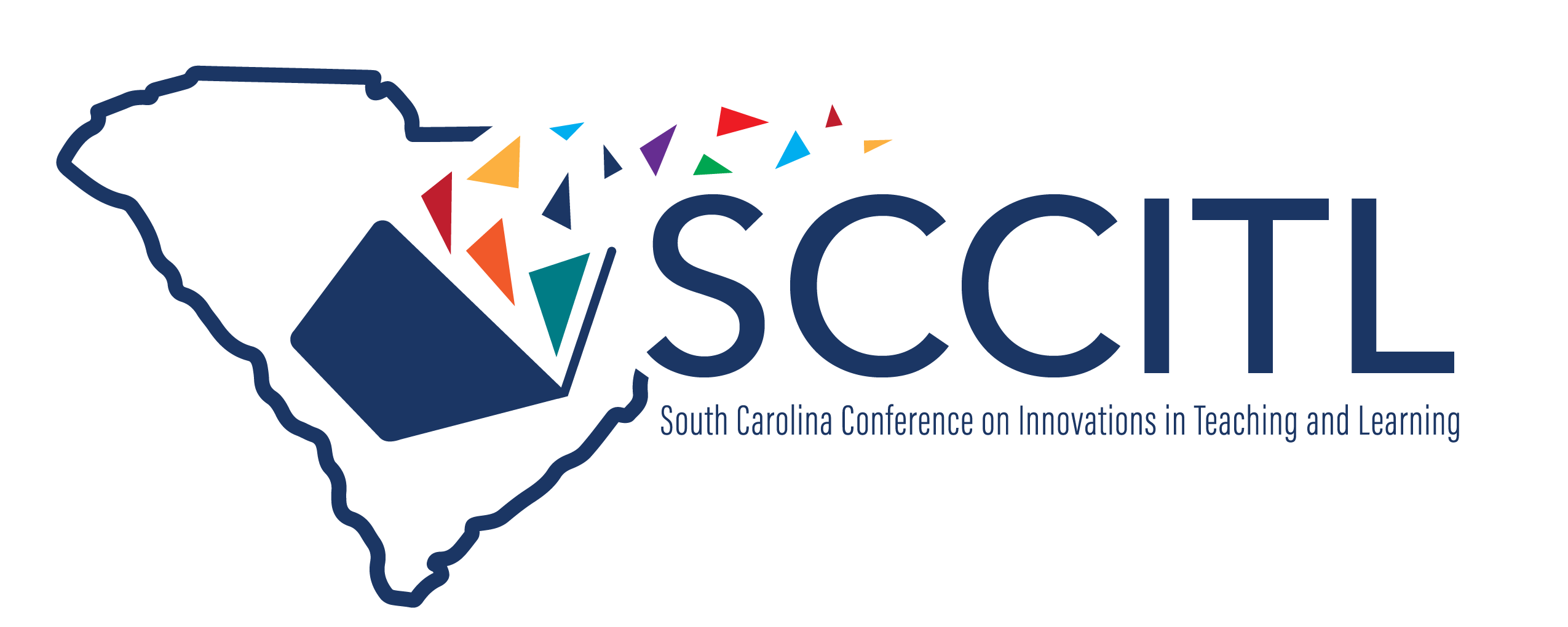Skulls Tell Tales: Using 3D Printing and Medical Imaging to Enhance the Comparative Anatomy Lab Experience
Proposal Format
45-minute Presentation
Track Choices
Navigating the Change and Reinventing the Future
Abstract
Creating 3D models engenders critical thinking, problem solving, and active, experiential learning. A 3D printing module was introduced as group learning experience in a comparative vertebrate anatomy course for third-year undergraduates to synergize modern technology with classical anatomical analysis to teach the relationships between equivalent structures shared in different organisms and foster understanding of the phylogenetic and developmental links interwoven in the natural world. Underlying common principles are taught to instill a rational approach for disease intervention and therapeutic designs. This presentation will share the experience gained in this multi-year project to integrate imaging technology and 3D printing in a comparative vertebrate anatomy laboratory to create a collection of museum-quality skull replicas. The project team, consisting of a faculty member, a librarian, and a technologist taught students about medical imaging and computed tomography (CT) scans, their conversion into 3D printable models, and how to create model facsimiles by 3D printing for comparative, morphological and morphometric analyses. Becoming proficient in 3D printing, students engage in an ongoing project to produce specimen facsimiles and familiarize themselves with functional anatomy.
Keywords
3D printing, laboratory, medical imaging
Speaker Bio
Molecular developmental biologist, Chiara Gamberi is Assistant Professor of Biology at Coastal Carolina University. The Gamberi laboratory employs a first-in-kind Drosophila model to decipher mechanisms of abnormal cell growth in incurable polycystic kidney disease and cancer and identify cyst-reducing drug candidates. Eric Resnis is Head of Research and Scholarship at Coastal Carolina University's Kimbel Library, where in addition to leading the unit that includes instruction, outreach, and the makerspace, he also serves as the librarian for the life and physical sciences. Joseph Minnich presently oversees operations at the Kimbel Library Makerspace at Coastal Carolina University. Joseph is deeply invested in fostering positive student outcomes by increasing students' access to cutting-edge education technology, such as 3D printers.
Skulls Tell Tales: Using 3D Printing and Medical Imaging to Enhance the Comparative Anatomy Lab Experience
Penny Hall, 304
Creating 3D models engenders critical thinking, problem solving, and active, experiential learning. A 3D printing module was introduced as group learning experience in a comparative vertebrate anatomy course for third-year undergraduates to synergize modern technology with classical anatomical analysis to teach the relationships between equivalent structures shared in different organisms and foster understanding of the phylogenetic and developmental links interwoven in the natural world. Underlying common principles are taught to instill a rational approach for disease intervention and therapeutic designs. This presentation will share the experience gained in this multi-year project to integrate imaging technology and 3D printing in a comparative vertebrate anatomy laboratory to create a collection of museum-quality skull replicas. The project team, consisting of a faculty member, a librarian, and a technologist taught students about medical imaging and computed tomography (CT) scans, their conversion into 3D printable models, and how to create model facsimiles by 3D printing for comparative, morphological and morphometric analyses. Becoming proficient in 3D printing, students engage in an ongoing project to produce specimen facsimiles and familiarize themselves with functional anatomy.


